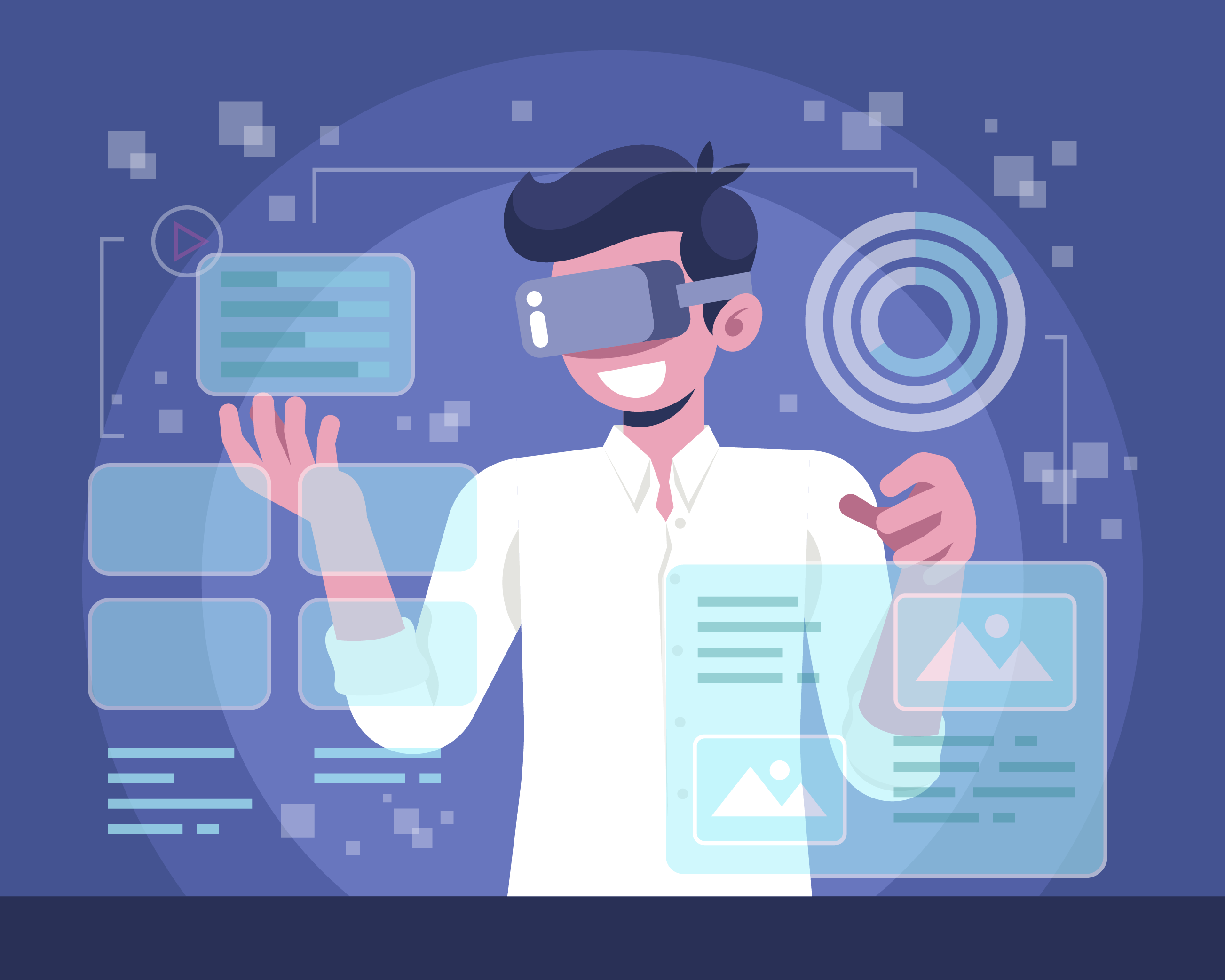VR Training Simulator
-
Solution
The trainees enter the simulated learning environment through VR gadgets which are also augmented by a physical replica of the original subject of training or virtual replica supported by haptic intelligence. This way the learning experience is highly immersive and makes the learners hooked to learning.
-
Places
VR training can be adopted to train beginners in a variety of fields including corporate training, healthcare training, industrial training etc.,. VR training simulator is an ideal alternative to avoid training in high risk environments. Application of this technology will find its way through different sectors, involving training.
-
Need
By training virtually one may avoid the usage of physical machinery, thereby reducing operating costs. Virtual training could also limit risks in real life, and provide a safe learning environment for the trainees. With VR training simulators, complex topics can be simplified and engage the trainee during training. Since it also captures trainees’ progress, it will augment their learning, by allowing them to replay their progress and fine-tune their performance.
-
Impact
Despite the upfront investment, VR training is cost effective in the long run. Furthermore, VR training has several pedagogical advantages. Through realism and performance feedback it helps people learn faster and retain more information for a long time. Through a recent study (insert the study link), VR is 78%+ more likely to improve student learning outcomes, rather than traditional training. More studies assessing the effects of VR training are done across the world and the result seems to be promising. (insert other links here).

